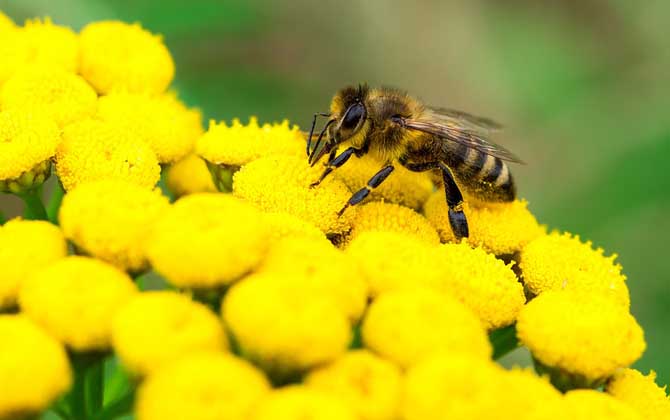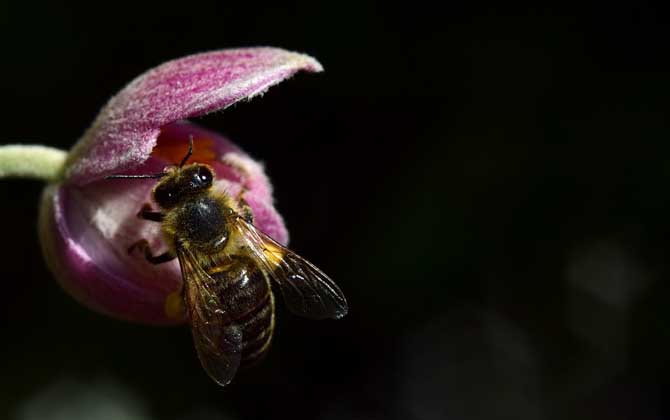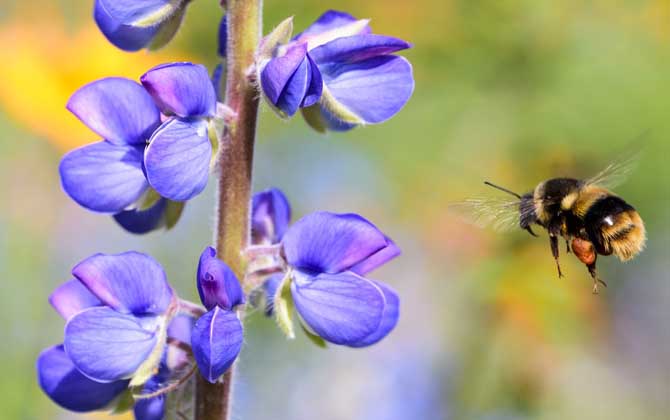The Foraging Range and Flight Capabilities of Honeybees
Honeybees are highly social insects that rely entirely on flowers for sustenance. During blooming seasons, they remain ceaselessly active. Understanding their foraging range is crucial for effective beekeeping, as proper hive placement can significantly enhance their efficiency. Let’s explore the fascinating spatial dynamics of honeybee activities.

1. What Is the Typical Foraging Range of Honeybees?
Honeybees typically forage within a 2-3 kilometer radius from their hive, creating an effective collection area of approximately 12-28 km². However, several factors influence this range:
- Seasonal variations: During nectar scarcity, bees may extend their range to 5-8 km, though this reduces efficiency by up to 40%
- Terrain differences: Flat terrains allow 25% wider ranges compared to mountainous regions
- Hive population: Strong colonies (50,000+ bees) can cover larger areas than smaller colonies
- Species variations: Italian bees (Apis mellifera ligustica) forage 20% farther than Carniolan bees (Apis mellifera carnica)

2. Maximum Flight Distance Capabilities
While bees normally operate within 3 km, their physiological limits are remarkable:
| Flight Type | Distance | Efficiency Impact |
|---|---|---|
| Optimal foraging | ≤3 km | 100% efficiency |
| Emergency foraging | 5-8 km | 40-60% efficiency |
| Extreme survival | ≤15 km | 10-15% efficiency |
Key considerations for beekeepers:
• Hives should be placed within 1.5 km of primary nectar sources
• Long-distance foraging reduces worker lifespan from 6 weeks to 2-3 weeks
• Secondary nectar sources should be available within 500m radius

3. Altitude Limitations in Bee Flight
Honeybees demonstrate distinct vertical flight characteristics:
- Optimal working altitude: 0-10 meters above ground
- Maximum recorded altitude: 1,000 meters (under ideal conditions)
- Hive placement recommendations:
- Elevate hives 30-100cm above ground
- Maximum practical height: 2 meters
- Avoid placing hives on slopes >15° gradient
High-altitude flight challenges:
• 25% increased energy consumption per 100m elevation
• 15% reduced pollen carrying capacity at 500m
• Navigation impairment above 800m

4. Speed Variations in Bee Flight
Honeybee flight speeds vary dramatically based on mission parameters:
- Scouting speed: 18-22 km/h (zigzag flight pattern)
- Nectar-loaded return: 24-28 km/h (straight-line flight)
- Emergency speed: Up to 40 km/h (predator evasion)
Energy consumption facts:
• Wingbeat frequency: 230 beats/second
• Metabolic rate: 10x resting rate during flight
• Nectar fuel efficiency: 1mg sugar = 1km flight
Modern beekeeping applications:
• Optimal apiary layout: Hexagonal pattern with 500m spacing
• GPS tracking shows 87% of foraging occurs within 2.2km radius
• Hive rotation practices recommend 3km minimum relocation distance